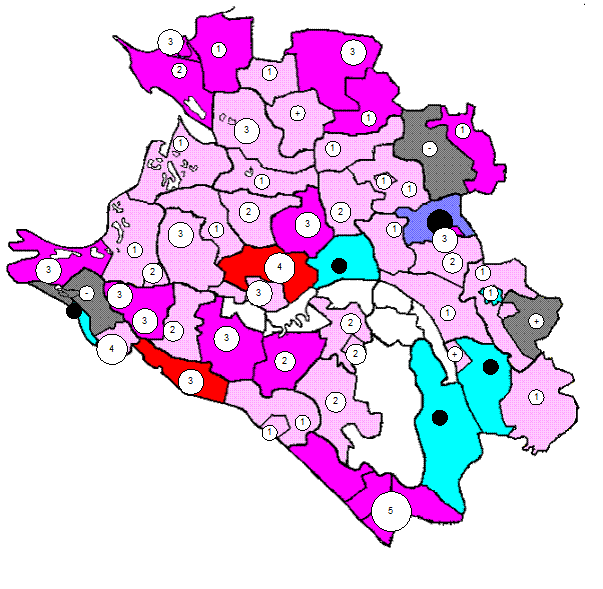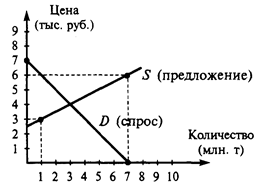The City of London
The City of London, or Square Mile, is history and mythology made concrete, going right back to the celebrated London Stone itself. Settlement here dates to pre-Roman times, but the biggest influence on the City as we know it today was the rebuilding project that took place after the Great Fire of 1666. This gave London much of its present form and introduced many of its greatest monuments. Unlike the previous random sprawl, which had grown up organically over centuries, the rebuilding was carried out according to a deliberate master plan. Some claim that it was simply an attempt to build on more orderly and ‘rational’ lines, but if we peel back the surface the esoteric, Masonic and even magical aspects of the City are revealed.
We now tend to view the 17th century as a period of scientific progress when rationality broke free from the bonds of superstition. However, that rationality took many forms, and sacred geometry, numerology and astrology were just as respectable as astronomy and chemistry. The quest was on for the keys to the Universe. While we might now believe that science will provide all the answers, in those days the occult held an equal attraction for men of learning, and this is something we can see in their works.
The Freemasons emerged at just the right time for the great rebuilding project (see panel: “The Foundations of Freemasonry”, p35). They were the latest group of seekers after ultimate knowledge, following hard on the footsteps of the “Invisible College” of the Rosicrucians, which was a conspiracy, an impenetrable secret society or a hoax, depending on whom you believe. The Royal Society, still an important organization today, dates back to this era and is regarded by some as an extension of the Invisible College. Founded in 1660 as the “Royal Society of London for the Improvement of Natural Knowledge”, it originally dealt as much with alchemy and astrology as what we now think of as science. There was a large overlap between membership of the Royal Society, Freemasons and even more secretive esoteric groups such as the Cabala Club.
The great architect of the new London was of course Sir Christopher Wren – astronomer, geometer, Royal Society founder member, MP and architect. He also appears to have been a Freemason. On 18 May 1691, the antiquary and biographer John Aubrey noted: “This day… is a great convention at St Paul’s Church of the fraternity of the adopted masons, where Sir Christopher Wren is to be adopted a brother…”
Some discount this as hearsay, since Aubrey was simply repeating what he had been told by one William Dugdale. However, the theory is supported by an old tradition in the Masonic Lodge of Antiquity No 2 that Wren was Master of the Lodge, and to many Freemasons his membership of the Craft is obvious in his works, particularly in his greatest monument – St Paul’s Cathedral (see below: 'Isaac Newton and the Temple of Doom').
Working with Wren were two other notables, John Evelyn and the notorious Nicholas Hawksmoor. The latter was nicknamed “the devil’s architect”, and his Masonic credentials are not in doubt. Hawksmoor’s membership was recorded in 1691, when he became Wren’s assistant. Other acknowledged Freemasons include John James, the second surveyor appointed alongside Hawksmoor, and Nathaniel Blackerby, treasurer to the commission building new churches.
|




